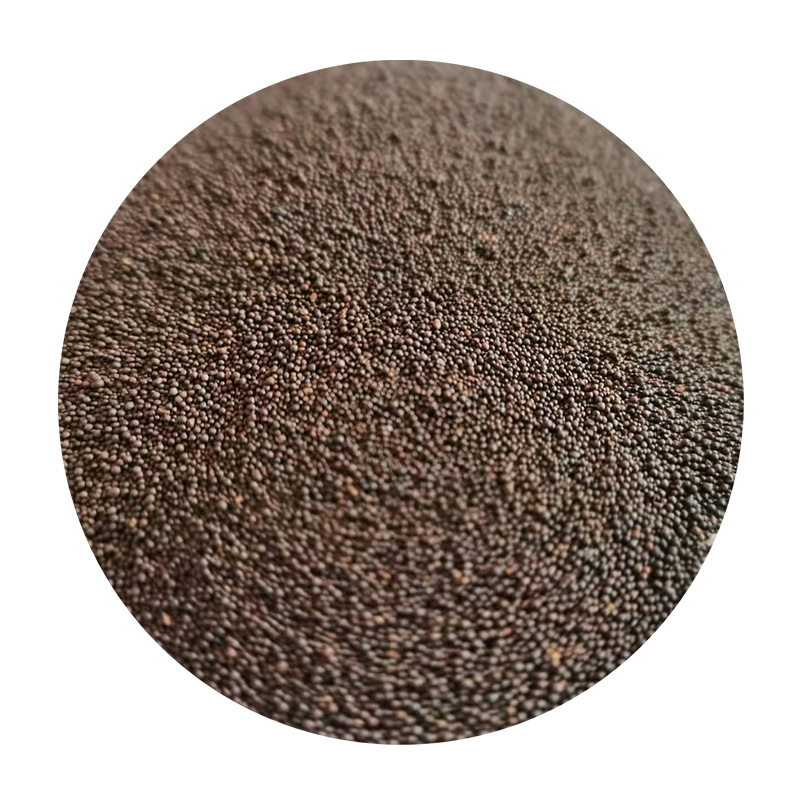Lost Foam Casting Materials An Overview
Lost foam casting (LFC) is an advanced metal casting process that offers a number of benefits, including excellent dimensional accuracy and surface finish. This innovative technique utilizes a foam pattern that can be converted to a metal part. The process leverages various types of materials, each of which plays a crucial role in the success of the casting. This article will delve into the primary materials used in lost foam casting and highlight their characteristics, advantages, and applications.
Foam Patterns
The core of the lost foam casting process lies in the foam pattern, which is typically made from expanded polystyrene (EPS) or similar materials. These foam patterns are lightweight, easy to shape, and inexpensive to produce. EPS is especially favored due to its excellent thermal properties and ability to withstand temperatures encountered during the metal pouring process. Additionally, the use of foam reduces the need for complex tooling, making this type of casting particularly appealing for both small and large production runs.
One of the key benefits of using EPS for foam patterns is its ease of modification. Designers can adjust the density and thickness of the foam to tailor the pattern to specific requirements. It can be easily cut, glued, or otherwise shaped to achieve the precision necessary for complex designs. Furthermore, EPS patterns are often produced via processes such as CNC machining or 3D printing, which allows for intricate geometries and fine details that would be challenging to replicate with traditional casting methods.
Coating Materials
To protect the foam pattern during the LFC process, a coating material is applied. Common choices for coating include fine sand mixed with binders, which help to create a thin layer around the foam pattern. This layer helps to form a mold when the molten metal is poured in, preventing the foam from burning too quickly and ensuring that the metal fills the cavity completely. The binder systems can vary, with materials such as sodium silicate and phenolic resins being popular options, depending on the specific casting requirements.
The coating material significantly influences the properties of the final casting. A high-quality coating can result in smoother surface finishes and increased dimensional stability. Therefore, the selection of appropriate coating materials is critical to the quality of the final cast product.
Metal Alloys
In lost foam casting, various metal alloys can be used, depending on the application requirements. Common metals include aluminum, magnesium, and certain grades of steel or iron. Each of these metals brings its unique set of properties to the finished part. For instance, aluminum alloys are popular due to their lightweight characteristics and good corrosion resistance, making them ideal for applications in the automotive and aerospace industries.
lost foam casting materials

Performance requirements, such as strength, hardness, and heat resistance, dictate the choice of metal for a specific project. Understanding the characteristics of different alloys is essential for engineers and designers to ensure that the final casting meets or exceeds the desired performance criteria.
Advantages of Lost Foam Casting Materials
The materials used in lost foam casting contribute to its numerous advantages. Some key benefits include
1. Complex Geometries The ability to produce intricate designs without the need for complex tooling allows for more innovative product development.
2. Dimensional Accuracy The use of foam patterns minimizes shrinkage and warpage, leading to highly accurate finished products.
3. Cost-Effectiveness The reduction in tooling costs and the overall efficiency of the LFC process make it a cost-effective alternative for both low and high-volume production.
4. Sustainability With materials like EPS being recyclable and the process itself generating minimal waste, lost foam casting aligns with modern sustainability goals.
Conclusion
In conclusion, the materials used in lost foam casting, including foam patterns, coatings, and metal alloys, play a vital role in the overall success of the process. By leveraging the benefits of these materials, industries can produce high-quality, complex components that meet the demands of modern engineering applications. As technology continues to advance, the materials and techniques used in lost foam casting are expected to evolve, further enhancing its capabilities and applications across various sectors.
Post time:Dec . 29, 2024 19:49
Next:Comparing Die Casting and Sand Casting Techniques in Metal Manufacturing
